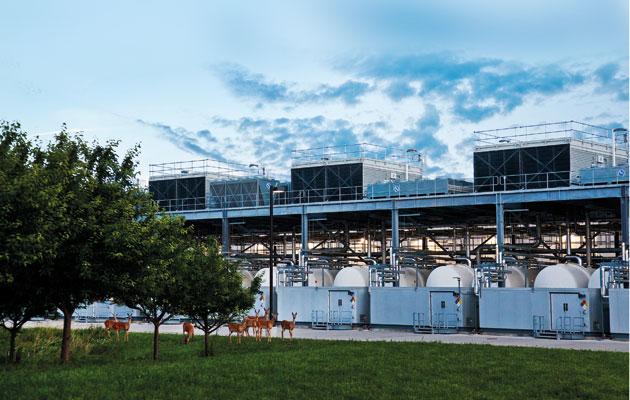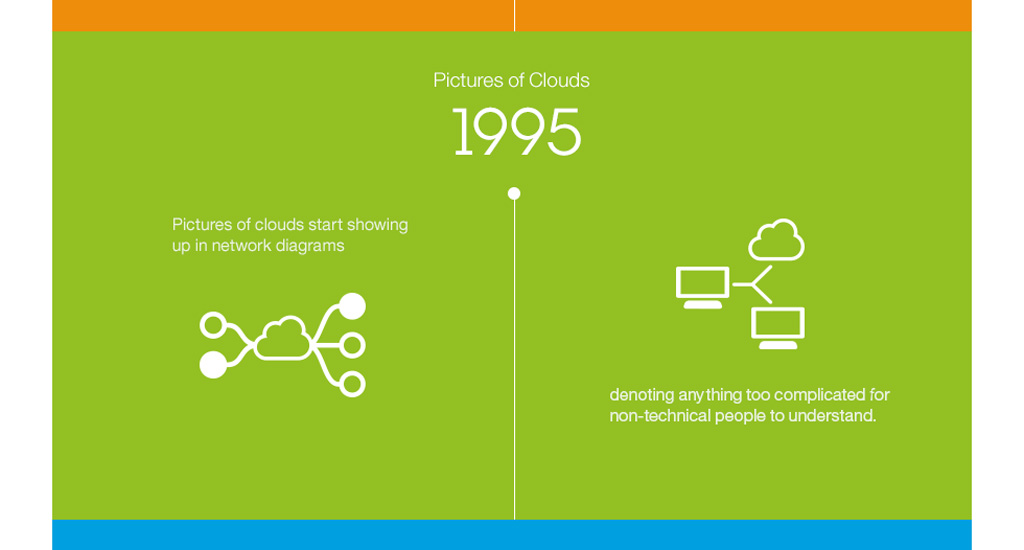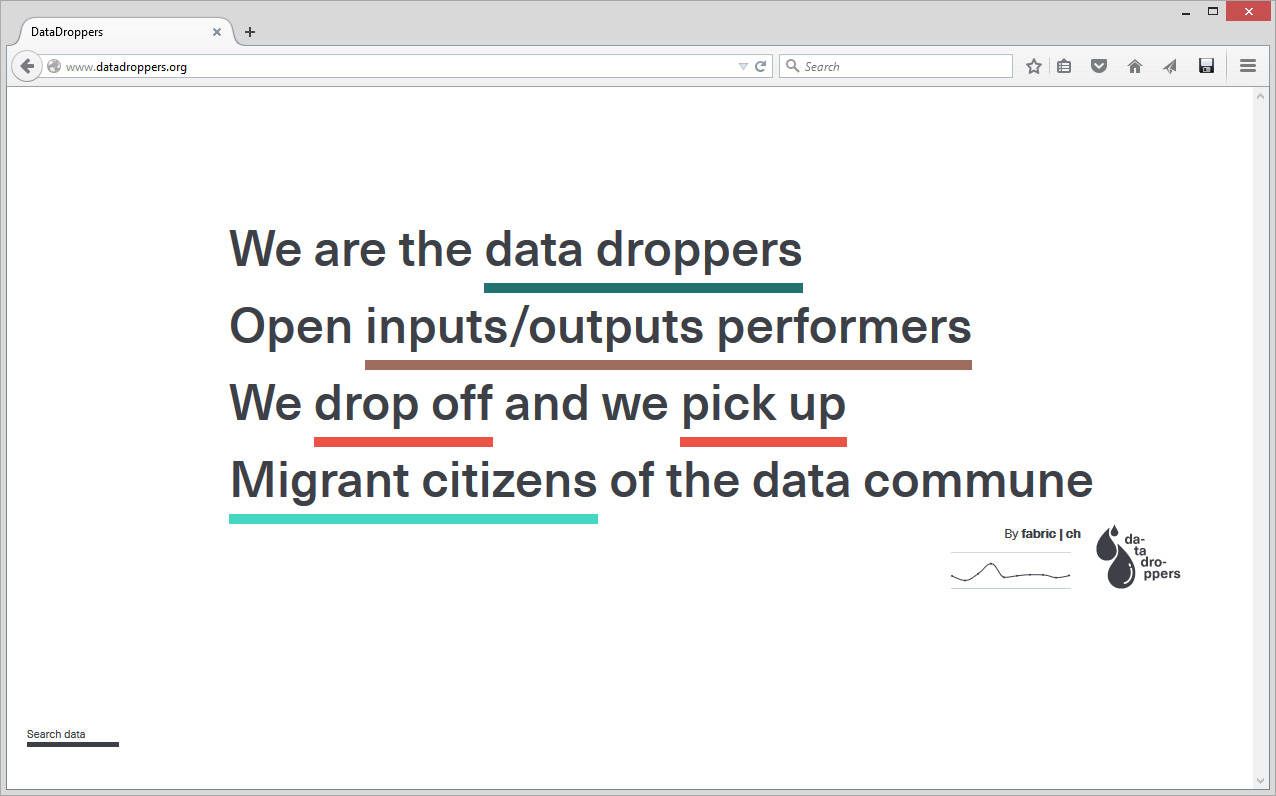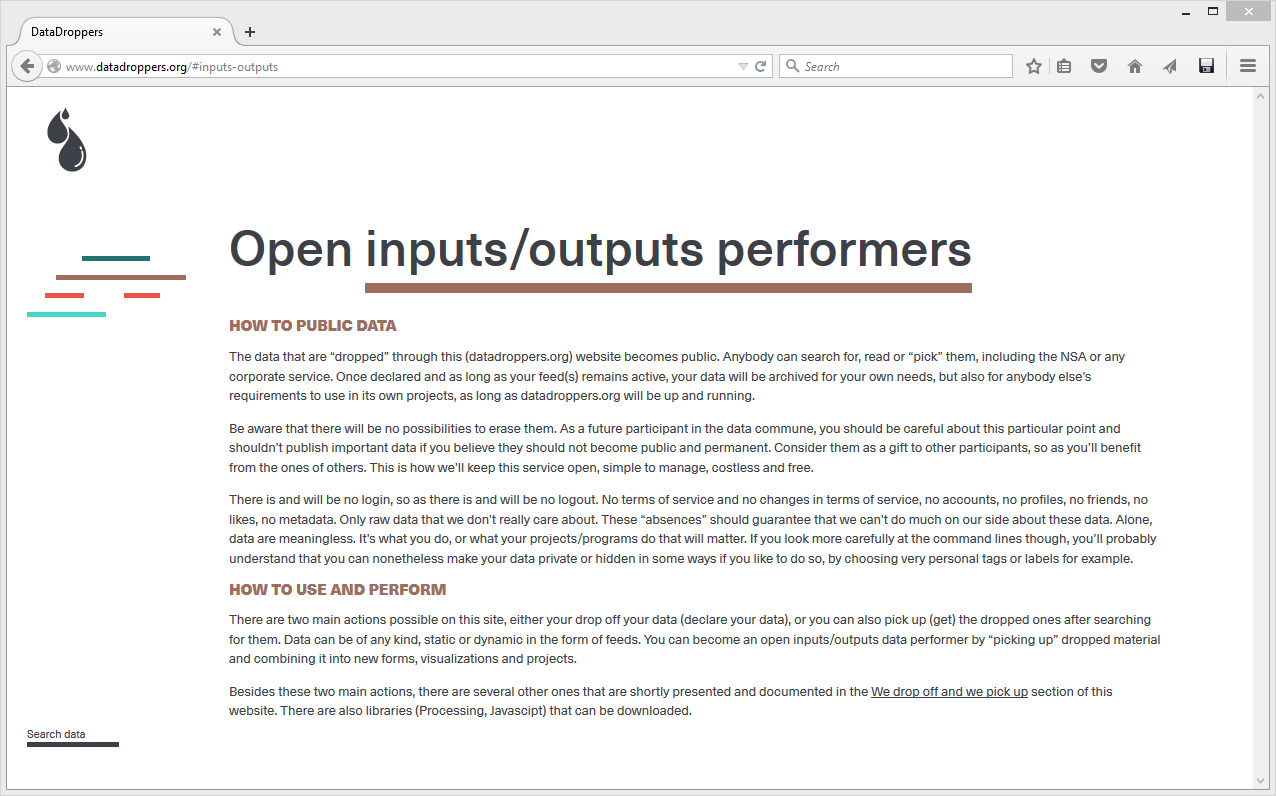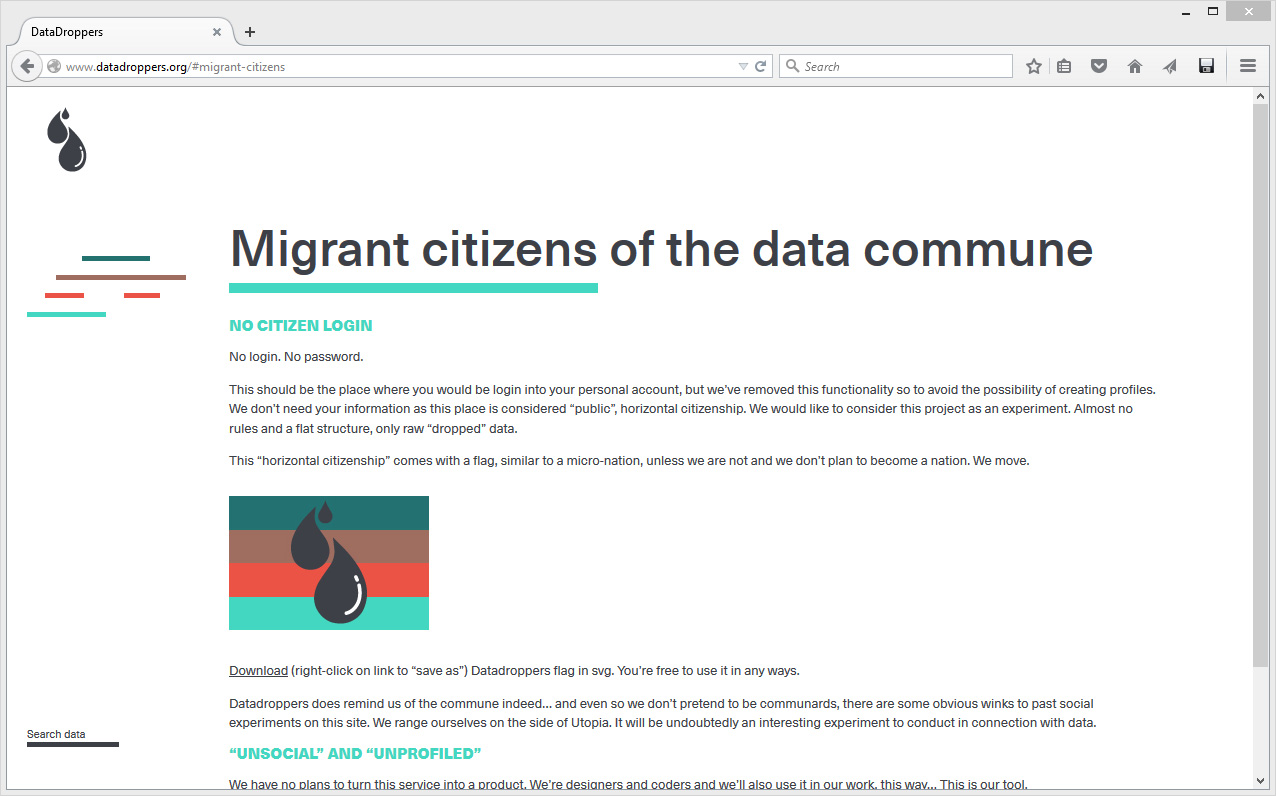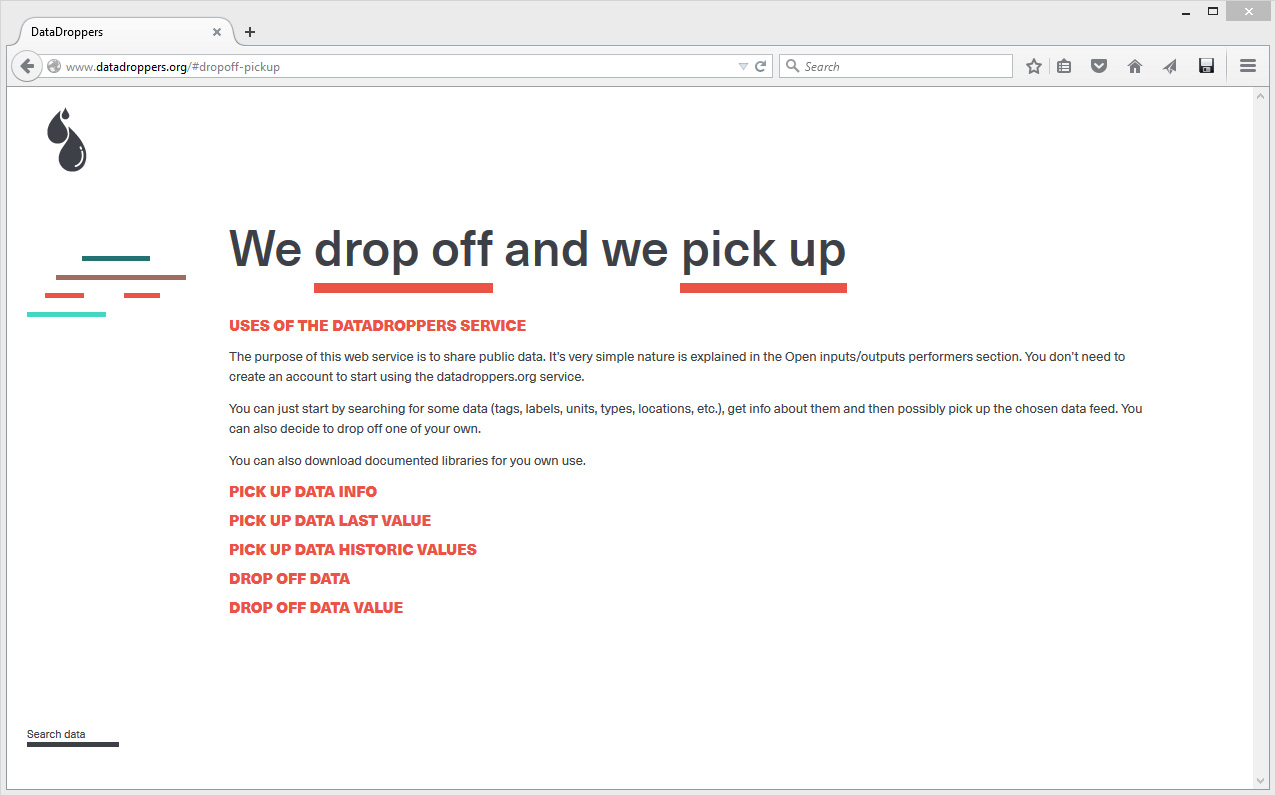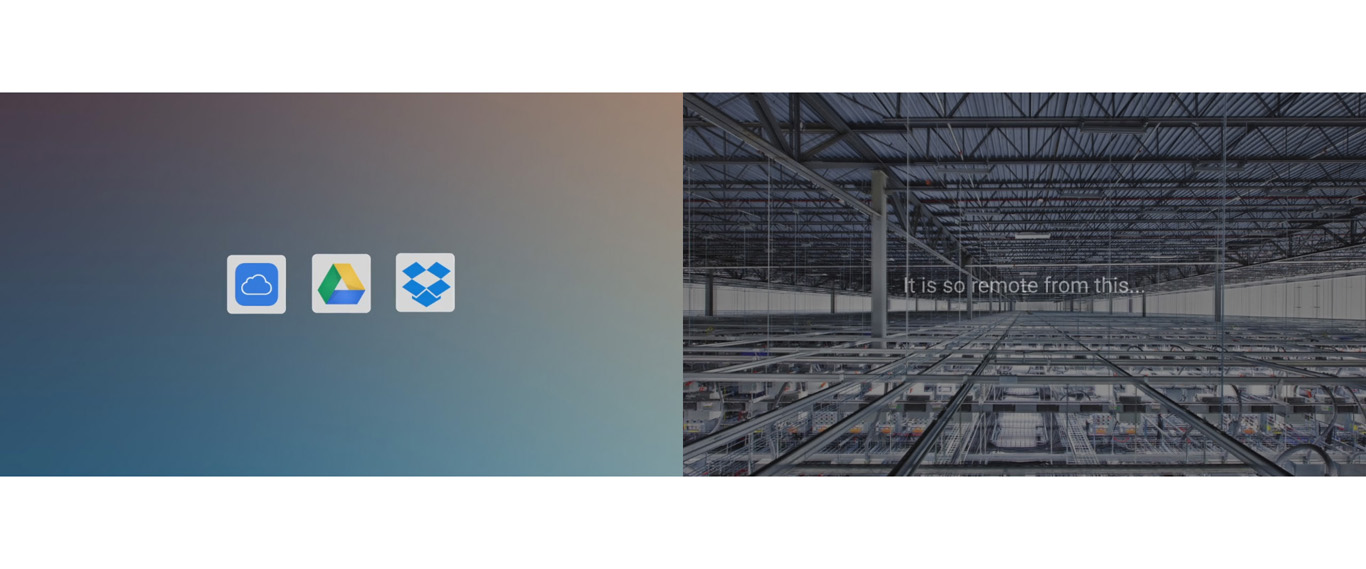Note: we mentioned the project Dead Drops (2010), by artist Aram Bartholl, in the foundation document of our design research Inhabiting & Interfacing the Cloud(s). The project was about passive memory sticks (usb keys) that were inserted into public streets walls, for anybody to drop or pick files.
A. Bartholl recently published a new project, Keepalive, which also presents a public, situated (rural or into the wild) and almost ritual interaction with files.
Both projects are presented below in more details, but what interests us in these two cases is this different interaction with files that is proposed. Both physical and that brings a different meaning to the interaction itself: a special type of (situated) interaction to access specific files. Something quite different therefore than a general purpose type of interaction (“clic” with a mouse or “tap” with a finger) to access any type of files (current situation with cloud storage).
In the continuity of the workshop we held about physical bot objects that manipulate data, “Botcaves” - Networked Data Objects, this is certainly a track we’ll like to pursue and digg into during the next steps of this project.

